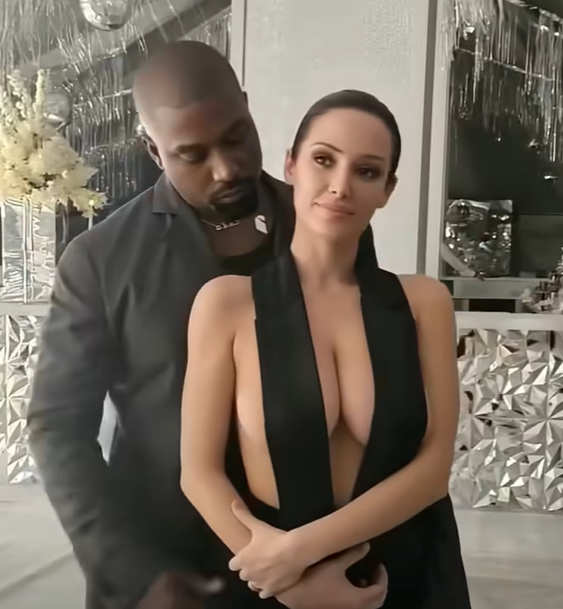
In the fast-moving world of fashion and celebrity culture, a single outfit or stylistic choice can send ripples far beyond the runway or the red carpet. Outfits become conversations, photographs become viral content, and celebrities are transformed into cultural talking points. Recently, one such moment unfolded around Bianca Censori, the Australian-born architect who is now best known as the wife of rapper and designer Kanye West.
Bianca has never been a traditional figure in the spotlight. Before her marriage to Kanye, she had built a career in architecture, a field defined by structure, creativity, and precision. Yet, as her relationship with Kanye pushed her into the global spotlight, her identity began to blend architecture with avant-garde self-expression. She quickly established herself as someone unafraid of risk—whether that meant daring fashion choices, bold public appearances, or intimate artistic collaborations with her husband.
The most recent viral moment came through a photoshoot that combined artistry, intimacy, and audacity. Images of Bianca in a sheer slip dress paired with a platinum blonde wig, taken by Kanye himself, set the internet buzzing. These pictures were not glossy magazine spreads but Polaroid-style snapshots—personal yet deliberate, minimalist yet powerful.
What made them captivating was not just the outfit but the broader narrative: a woman reinventing herself, a husband shaping his partner’s image, and a couple blurring the line between fashion and art.
This article explores Bianca’s rise in fashion and culture, her architectural roots, the influence of Kanye West, the controversies and praises she has sparked, and the larger implications of her style on society’s evolving conversation about celebrity and self-expression.
Bianca Censori’s Background: From Architecture to Pop Culture
Before becoming a global fashion headline, Bianca Censori was immersed in the world of design and architecture. Born and raised in Australia, she pursued her studies with discipline and creativity, eventually earning recognition for her work in architectural spaces and concepts. Her training in this demanding field shaped her understanding of aesthetics, structure, and visual communication—skills that would later influence her personal brand of bold self-expression.